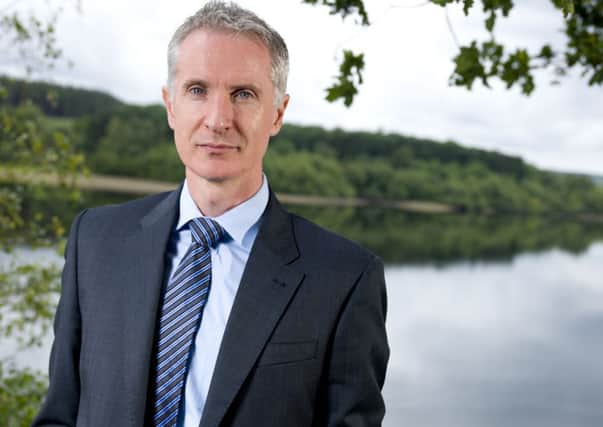Investment increases renewable energy generated in Yorkshire


The substantial improvement by Yorkshire Water is helping the company to generate an expected 75 gigawatt hours this year, enough energy to make over three billion cups of tea.
This figure is expected to help Yorkshire Water reduce its carbon footprint by nearly 15,000 tonnes and simultaneously reduce the cost of powering its sites around the region. The company’s work would generate enough bio gas to fill over 3,000 hot air balloons.
Advertisement
Hide AdAdvertisement
Hide AdRichard Flint, Yorkshire Water Chief Executive, said: “This is a big step in the right direction for us, not only are we reducing our impact on the environment but also cutting down on power costs at the same time.
“Our investment in state of the art sites like Blackburn Meadows and Esholt will also stand us in good stead for decades to come, also reducing the amount of money we’ll need to invest in maintenance and improvements.”
Treating more sludge than ever is one of the main reasons for the surge in renewable energy being generated by Yorkshire Water; 97,000 tonnes are now being dealt with at the company’s key “top 11” sites dotted around the region, an increase of 48 per cent in the last year.
Methane gas is captured from the sludge as part of the process so it can be used to create a biofuel which can be burnt to generate power.
Advertisement
Hide AdAdvertisement
Hide AdAs well as making major £33 million and £23 million investments respectively in Esholt waste water treatment works in Bradford and Blackburn Meadows treatment works in Sheffield, significant sums have been dedicated to improving facilities at other sites.
Upgrades have been made to settlement tanks and the screens used to remove objects from the waste that arrives at site. Incineration of sludge has also been further reduced as a result of the investments.